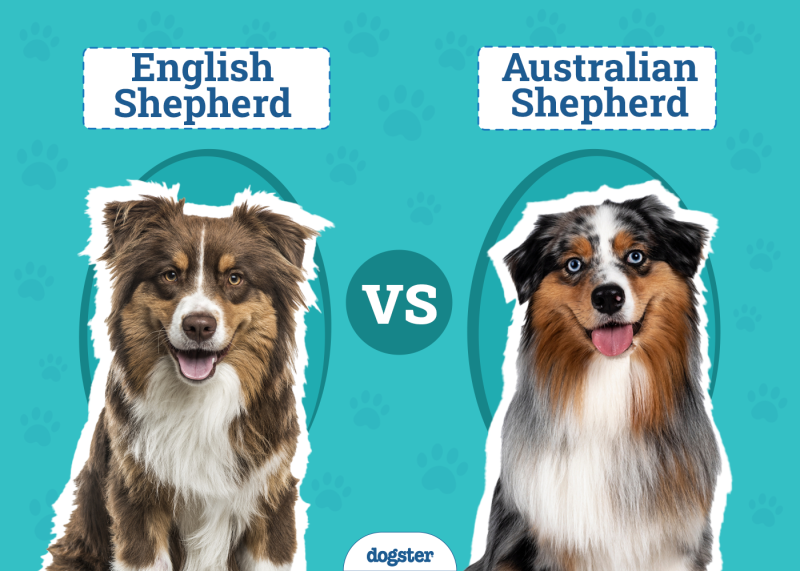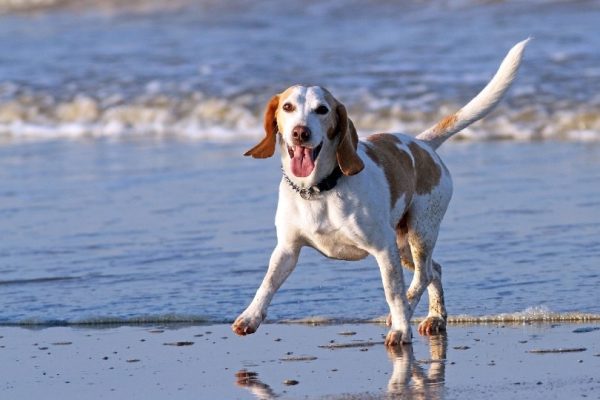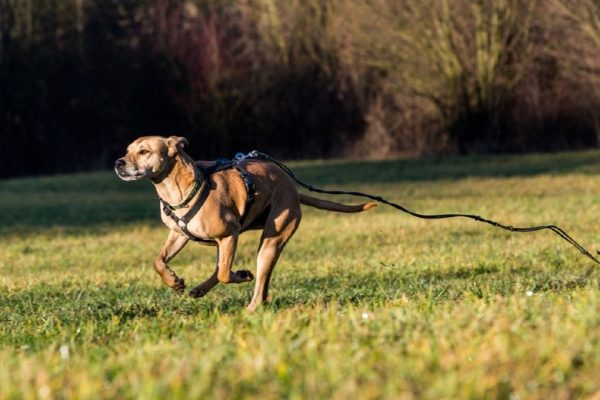Taking your dog to the beach can be such a fun experience for both you and them! It is sunny and sandy, and the air is filled with new smells! Your dog will have a fun-filled day full of Frisbee tosses and splashes on the seashore.
But—going to the beach is a big deal—especially if this is a planned vacation. You want to make sure that you follow all the rules, written and unwritten, to keep your dog safe and happy. We’re going to tell you about 13 things to keep in mind when taking your dog to the beach.

Before You Go, Research the Beach
Every beach has different rules depending on the individual vicinity. You should always research the particular beach to view their pet policies. Some of them will have specific rules you should abide by, and others are more loose and free.
Some beaches allow you to have your dog on the beach part only, while others allow them in the water, and others do not allow dogs at all. If you really want your dog to swim, it is important to understand whether or not dogs are permitted to do so.
The 13 Dog Beach Rules
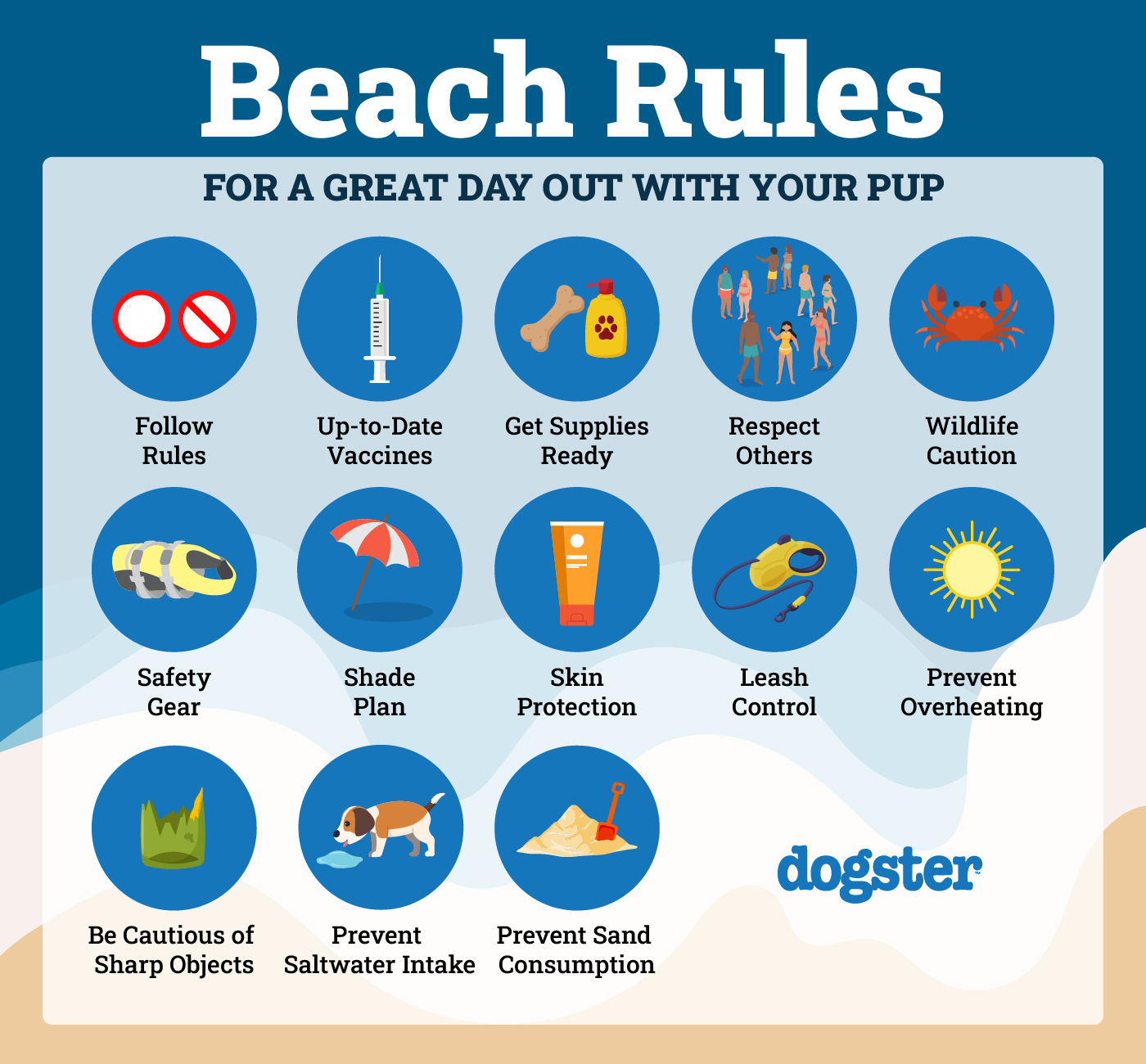
1. Follow Posted Rules
We now have covered this top level and want to reiterate the point. Some beaches will have strict rules that you need to know before you go. It is important to follow all of the directions as instructed.
If you do something wrong, you might be asked to leave, and you and your dog might have to find something else to occupy your time. Because of the variety of people and the nature of the activities, most beaches require leashing your dog.
2. Make Sure Your Dog Is Up-to-Date on Vaccines
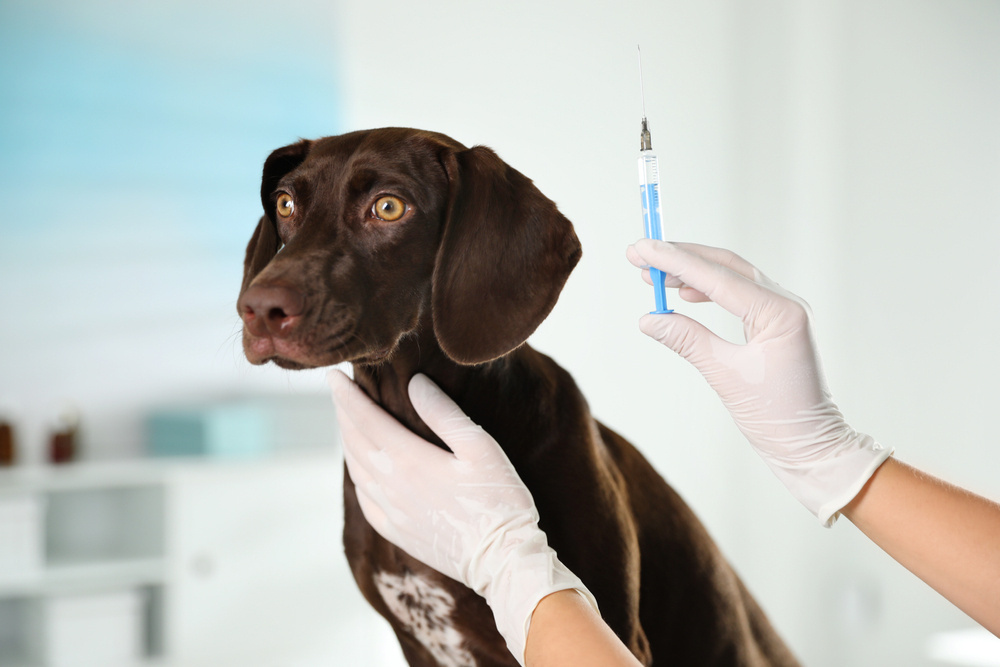
Make sure your dog is up to date on all of their vaccinations. They’re going to be traveling in an area where lots of other dogs, creatures, and bacteria are present. It is crucial to keep your dog, and other dogs, protected by doing your part.
So, if you haven’t made your puppy an appointment in a while, try to squeeze them in before your trip.
3. Bring All Necessary Supplies
You’re going to be outside for a long period of time in the heat and water. You should have all necessary supplies to keep your pup protected, safe, and entertained.
- Water Bowl/Water: Your pup will certainly need their water bowl! They will be running off a lot of steam, and they could really use the uptake in hydration.
- Treats: Your dog will need to be rewarded for a job well done and they might need an extra boost in between meals. This extra small uptake in calories can keep their focus and replenish the energy being lost from playing in the sand and water.
- Meals: If you’re planning on making a day of it, they’re going to get hungry. Play it safe, and make sure they’ve rested for an hour before feeding them a small meal, and for two hours afterwards to avoid bloat.
- Sunscreen: If your dog is going to be out in the sun a lot, you might want to put some dog-safe sunscreen on the soft, exposed parts of the skin. These could include the nose, ears, and paws, and any areas where the coat is white or thin.
- Poop Bags: This is a vital one! Your dog is almost certainly going to need to go to the toilet when you’re at the beach, and you MUST clean up after them. Make sure you keep an eye on your dog all the time, not only for their safety, but you do NOT want to be the person that leaves a steaming pile for someone else to walk in. If you see someone who has not cleaned up after their dog, politely offer them a poo bag. They might have genuinely not noticed, but at least if you offer them a bag, they can’t claim not to have one! And you can do your bit for the earth by using compostable poop bags.
4. Respect Others
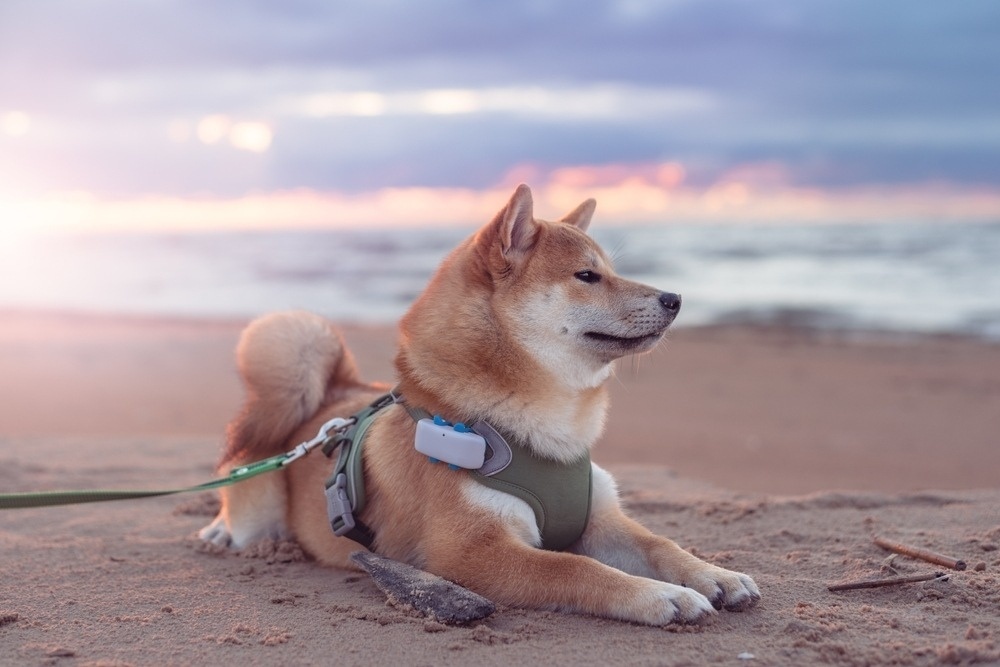
Remember that you and your dogs are not the only ones at the beach. There are people around, and everyone feels a little bit differently about canines. Some simply don’t like dogs, and others who have had traumatizing experiences with them can be very afraid of being near yours.
It is important to keep an eye on body language around you and keep your dog leashed at all times unless it is a leash-free zone. Beaches are public places, and we have to always be mindful about the way that we impact those around us.
Some of the main reasons why some beaches do not allow dogs, apart from allowing non-dog lovers a dog-free zone, is that irresponsible or thoughtless dog owners can ruin it for the rest of us. Letting your dog run amok, disturbing others, or fouling the beach, can give all dogs a bad reputation, and will only lead to more beaches being made off-limits.
5. Keep Your Dog Away from Sea Creatures and Wildlife
When you’re on the beach, there’s going to be lots for your pup to sniff out. They can snatch a hold of a washed up fish, jellyfish, crab, or other crustacean in the blink of an eye. Not only can this transmit bacteria and disease to your dog, but tiny bones and hard shells can also cause bowel obstructions.
Certain parts of sea creatures are very pokey, spiny, and pinchy. All around, any sea creature your dog encounters could pose some type of risk. There are also seagulls and other birds that can pose dangers for your dog if your dog chases them.
The last thing you will want to do on your beach vacation is run your dog to an emergency vet. Make sure they understand commands such as “Leave it!”
It’s also important to make sure your excited pup doesn’t cause stress, trauma, or injury to any of the creatures that make the beach their home. If the beach is home to bird colonies, seals, or sea lions, for example, make sure you keep your dog on a leash so they cannot get too close.
6. Remember the Life Jacket
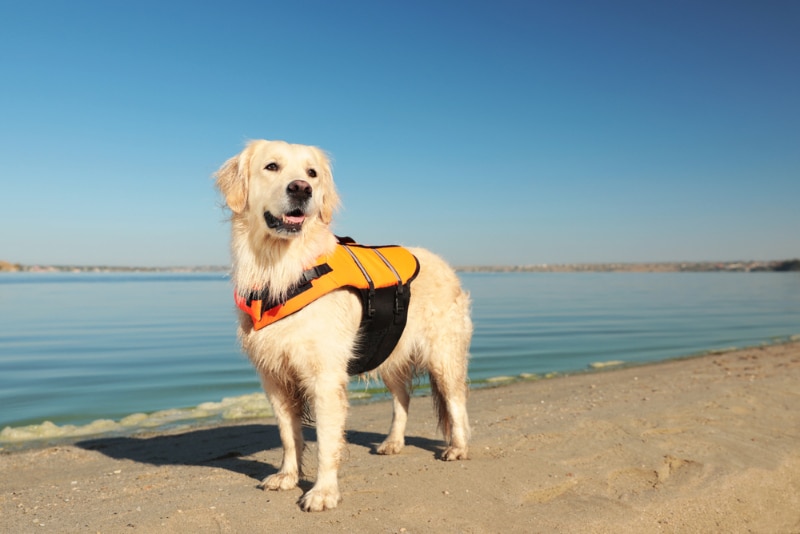
Anytime you’re going to be out on the water, it’s crucial that you apply your dog’s life jacket. Even if you have a very water-friendly dog, such as a Newfoundland or Labrador, it is important that they have this added layer of security.
If they are in very deep water, fatigue is a real thing and makes some susceptible to danger, including drowning. Putting a life jacket on your dog will just ensure that no matter how much time they spend in the water, they can stay afloat. The undertow can be quite strong and take a dog off their feet in the shallow parts as well. It’s always best to be safe rather than sorry.
Look for one in a bright color that is easily visible in the water, and has a flotation flap at the front to help them keep their head afloat, like this Frisco Ripstop Life Jacket.
7. Look for Shade or Bring Your Own
Shade is something that is pretty scarce in many beach areas. Instead, oceanfront beaches tend to be very open, sandy, and sunny. Some people bring shields, such as umbrellas and other sun guards to protect their skin from the sunrise. You might get lucky and find a shaded area available by a group of palm trees.
No matter what method of protection you use, it is vital that you have a shield from the sun so that your dog can regulate their body temperature. It is very dangerous for a dog to be active in the heat for too long as it can cause heatstroke, sunburn, or blistering.
8. Protect Paws and Skin
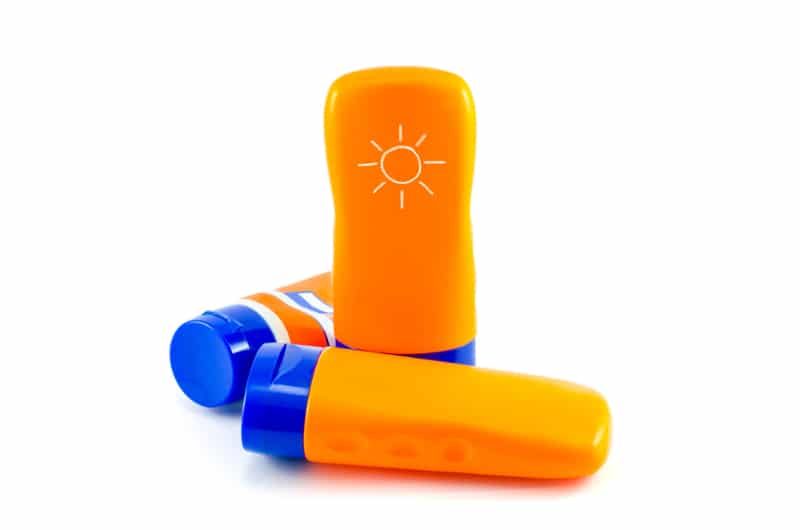
Because they’re going to be in toasty temperatures, it is vital to protect your dog’s sensitive areas. Many folks choose to use dog-specific sunscreen on the ears, nose, and any other areas of exposed skin. The sand can get scorching hot too!
Make sure that your dog isn’t walking on hot sand that is directly exposed to sunlight for long periods of time. While dogs generally have more hardy feet than us, they can still blister from hot surfaces. If the sand is too hot for you to walk on without shoes, it’s definitely too hot for them.
9. Have Restraints and Recall
It doesn’t matter if you are attending a beach where dogs can roam or one that is strictly leashed; you’ll still want to have some type of restraint for your dog. Often, it’s best to leave their harness on them and simply unclip the leash. This will allow you freedom, but also allow you something to grab a hold of if you need to intervene for any reason.
If you are visiting an off-leash beach, only allow your dog to run free if they have good recall and are very well socialized. Your dog should know their name and commands such as “Come”, “Leave”, or “Stay.” This will help to keep them safe if any situation arises.
And even if the beach is off-leash, you’ll still want to keep a leash handy, just in case.
10. Don’t Let Your Dog Overheat
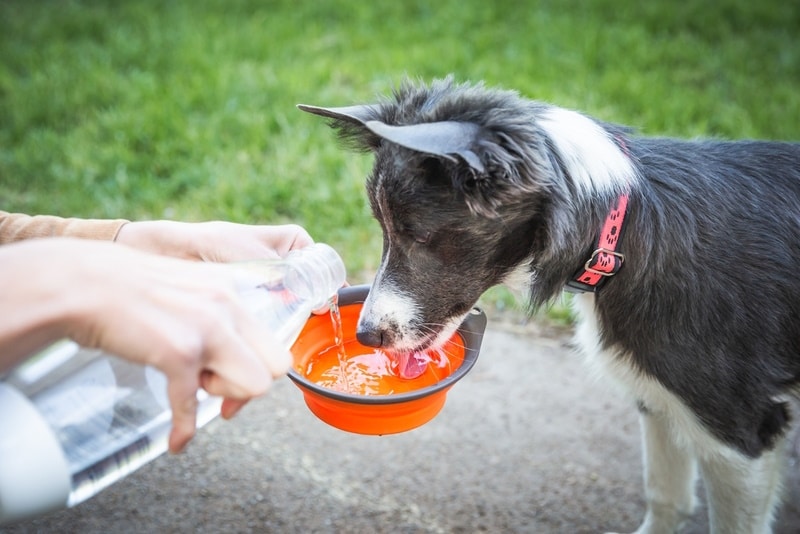
When they’re having a good time, dogs have a tendency to just keep going and going. If you’re on a sunny beach, your dog can overheat really quickly, but often the most dangerous part is when they can’t cool down. Dogs rely on panting to cool down, and when the air is hot and humid, this method is not very effective, so even if they’ve been swimming in the water, they can start to overheat when they come out, and heat stroke can be deadly. Many cases of heat stroke occur when the temperature isn’t that high, but the air is very humid, so we don’t realize how much of a struggle it will be for our dogs to cool down.
The ideal time to let your dog run and swim at the beach is first thing in the morning, or in the afternoon when the temperature is starting to cool down. Even if your dog is desperate to keep playing or chasing their ball, you need to be strict and stop the games if it gets hot or they are panting a lot.
If you’re going to be in a beach area, it is crucial to know what the hottest parts of the day are. You’ll want to completely skip these parts of the day, either going out in the cool of the morning or the breeze of the evening.
Make sure you bring a cooler box to keep your drinks cold, your dog’s drinks cold, and it’s a good idea to pack an extra towel in there too in case you need to cover your dog to help them cool down.
11. Look Out for Sharp Objects
Many things can get dropped, lost, or buried on the beach. Since our dogs have impeccable senses of smell and also love romping around aimlessly, they might encounter some of these objects in the sand.
There are plenty of metal, glass, and rock particles that can cut your pup’s paws, causing injury or irritation. Pay close attention to the area you’re in to avoid contact with sharp objects.
12. Don’t Let Them Drink Saltwater
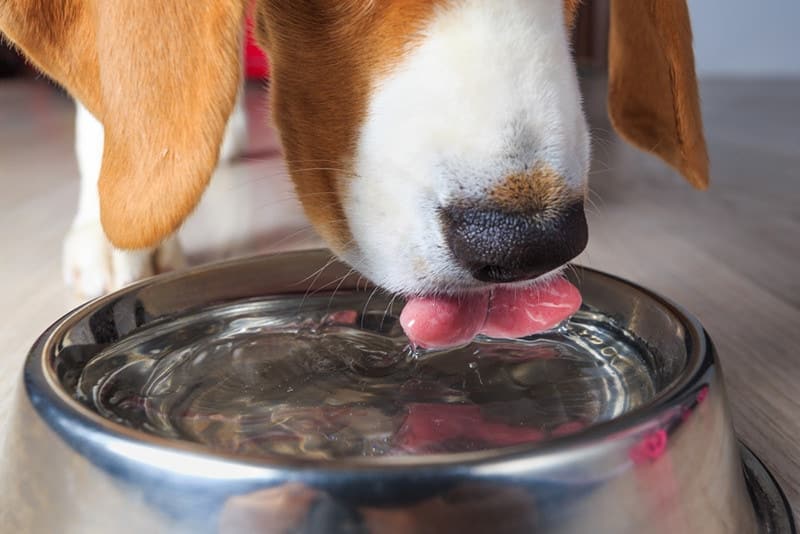
If your dog swallows a little splash of salt water, that’s completely to be expected. However, they can’t sit there and drink a lot of water for the same reasons that people can’t. The saltwater will quickly dehydrate them and complicate kidney function.
Ensure you always have fresh, clean water available to them.
13. Make Sure They’re Not Eating Sand
Some dogs love to dig in the sand, others will chase toys or balls. In either case, your dog might end up with a mouthful of sand many times throughout the day, which can lead to bloating, stomach pain, intestinal blockages, or constipation. If your dog is a sand digger or ball chaser, make sure you limit these activities so they don’t overdo it.
Conclusion
Now that you’ve brushed up on your beach tips, you can finish the rest of your planning. Make sure to pack a bag just for your pooch to have a one-stop shop for all their vacation essentials.
Everyone should have fun at the beach, including your dog. So, make sure that you research the beach before you go and follow all the beach rules.
Featured Image Credit: Margarita Monge Ortega | Getty Image



